15. THE BIG SICK
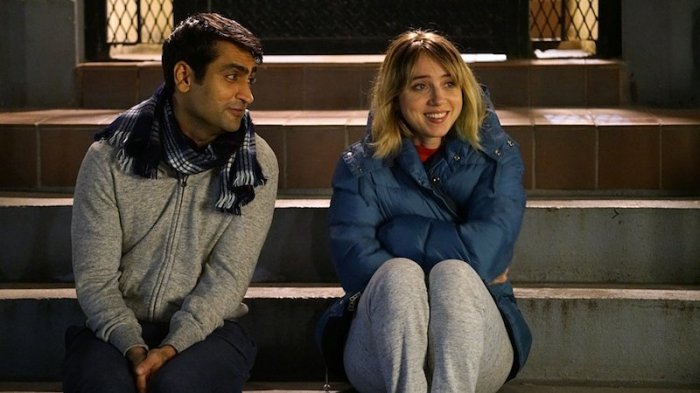
The “Romantic Comedy” is a dying genre, with studios having shifted attention to “rauchy-roms” or other similar variations. This movie feels surprisingly fresh by channeling a spirit of the 90s / early ’00s rom-com. It’s My Big Fat Greek Wedding meets While You Were Sleeping, but is still very much of the current times and features progressive dynamics you may not have gotten last generation. It’s an extremely realistic script and will be remembered as well as any movie this year as an accurate snapshot of life in 2017. It’s truly funny and heartfelt without ever being cheesy, and while there are a handful of “feel good” movies on this list, none may have felt better than The Big Sick.
14. THE SHAPE OF WATER
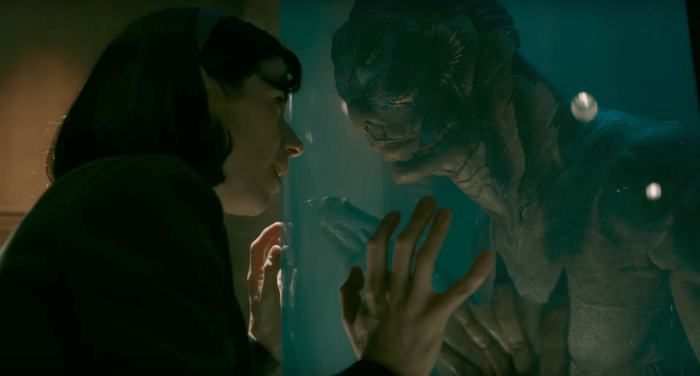
Sorry Disney, Guillermo del Toro made the only necessary Beauty and the Beast adaptation of the year… well kinda. The parallels are obvious with the monster love story, but The Shape of Water is far more fascinating and broader reaching in scope. You might be able to guess the possible political and social statements here, and they are timely, but the story also lands in a place that transcends any mere heavy-handed metaphor for more timeless and poetic qualities. It’s a sexual awakening, an exploration of identity, reflection on love, and a love letter to cinema.
Del Toro finds originality and magic by handing the storytelling power to the female protagonist. This is not about a beast redeeming himself through a captive woman. This is about a woman discovering her voice through a fish-man who she deems irresistibly attractive in every way. Elisa (Sally Hawkins) is Belle, but hungrier, more tenacious. She masturbates. She makes decisions. She’s a necessary subversion in a time where we are continuing to rethink the heroine on the big screen.
13. THE SQUARE
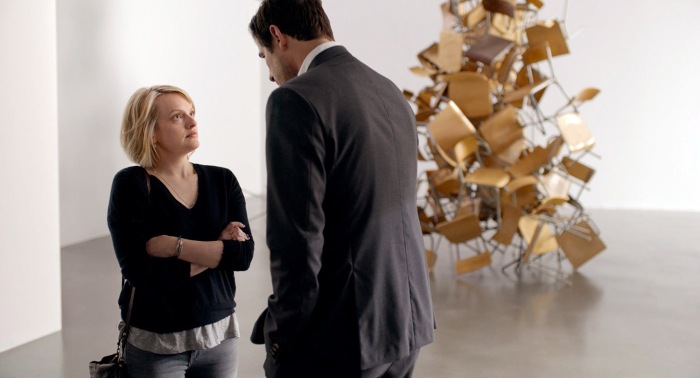
A cringe comedy in a similar vein of The Office, this sharp satire explores the disconnect between ideology and actions. Christian is museum art curator with progressive political and social beliefs, but all bets are off when his wallet and phone are stolen. The layers of his facade are peeled back to reveal his attitudes towards women and the lower class, as well as his pretentious tastes and lack of integrity in avoiding sensationalism to go viral. The vignette based storytelling (which may have been better served as an HBO miniseries) humorously looks at various art exhibits that challenge human trust and desire for comfort above all.
12. THE FLORIDA PROJECT

Writer and director Sean Baker (Tangerine) thrives telling stories about marginalized places in society, and he always opts for empathy over judgement calls in exploring the lives of his broken characters. While Willem Dafoe is great in this movie, and his presence is needed as a grounded and warm figure, Baker’s employment of non-actors for most other roles is both impressive (they’re convincing) and adds an extremely powerful element of realism.
This honest look into severe poverty and homelessness may have been too hard to stomach if it wasn’t viewed through the curious, humorous, and life-affirming perspective of Moonee, who is as much a Disney Princess as Snow White, Cinderella, or Little Mermaid. The duality of Orlando is thought-provoking and the central thesis here could very well be that “the most magical place on earth” is inside a child’s mind, not a theme park.
11. CALL ME BY YOUR NAME
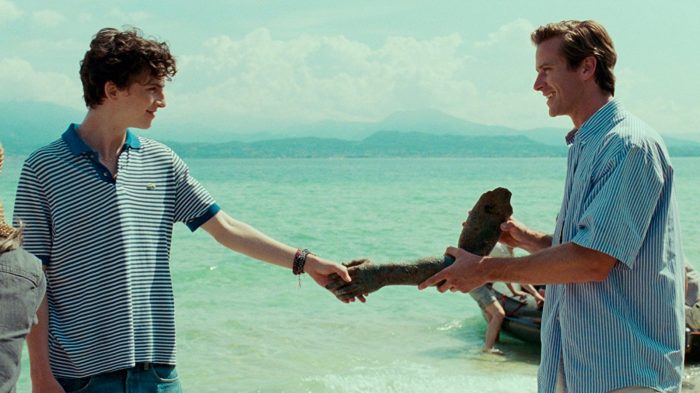
Call Me By Your Name is an incredible reflection on the fluidity of time, experiences, and human connections. The movie compels you to powerfully recall moments from the past: persons and occurrences that are seemingly random and irrelevant to our present selves and life tracks, yet still somehow subtly define us. It does so specifically by looking at summer love, a universally shared euphoric phenomenon. The idea of feeling everything, and taking nothing with you as you inevitably go separate ways. Did it happen for a reason? Why do I hurt? What do I do with the memory now? Call Me By Your Name doesn’t have the answers, but it puts an arm around you while you reflect on the absurdity of it all. You still feel confused as you look back at these moments in life, but a little less alone in it after watching this.
Armie Hammer’s character dancing to the The Psychedelic Furs is one of the most iconic moments of the year. The soundtrack in general is the year’s best, highlighted by underrated 80s gems and two original Sufjan Stevens songs (“Mystery of Love” is my favorite song of the year). Final thing worth mentioning: you will never eat a peach the same way. 🍑
10. I, TONYA
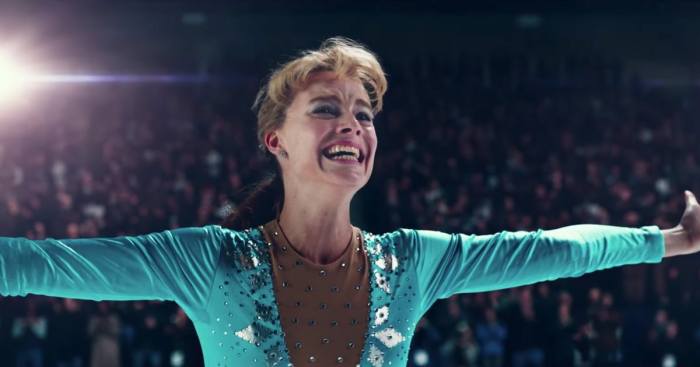
While it may have been easier to tell a black and white version of the controversial events that unfolded in January 1994, this movie opts to show “truth” as something far more complicated. Various perspectives are looked at with empathy and avoidance of dehumanizing, even after abuse, lies, and conspiring. The story also finds much humor at every turn, as Paul Walter Hauser and Allison Janney are fucking hilarious and two of the year’s top scene stealers.
Margot Robbie, in the best female performance of the year, inspires unwavering perseverance through her character. It’s an unlikely but rapturous feminist anthem, a story of not conforming to a snobbish, sexist sport and being true to yourself. I, Tonya also has much to say about American consumerism and clickbait media, and reminds that behind every news cycle and cultural phenomenon is an actual human life. In a movie filled with various harsh forms of abuse, none may be more of a gut punch than Tonya breaking the fourth wall to say that each of us are her abusers too.
9. BLADE RUNNER 2049
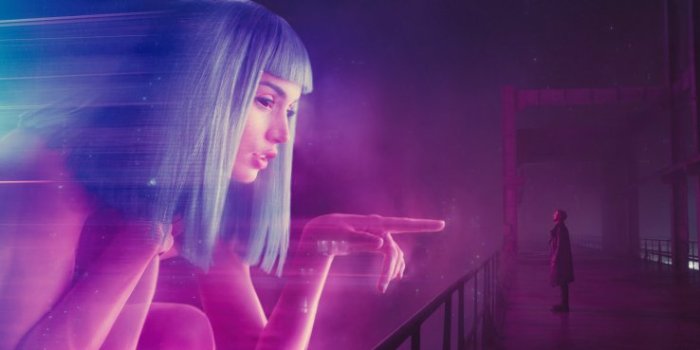
A bioengineered android detective navigates a mysterious case while also trying to come to grips with his own existential crises. Blade Runner 2049 could be viewed as a re-imagining of Pinocchio in a cyberpunk future by Denis Villeneuve (Arrival and Prisoners), who continues his streak as a true visionary director. The movie is both visually flawless and mind-bendingly philosophical, with deep examinations of identity and what it means to be a person.
Fans of the predecessor might hate me for saying it, but I think this sequel is much better and can probably be viewed without seeing the first. With a longer runtime, the universe and characters were able to be explored in a more satisfying way, and a much stronger connection of empathy and emotion was established early on. There seem to be clearly inspired moments from the likes of Her and Eternal Sunshine of the Spotless Mind with beautifully intimate depictions of love, loneliness, longings, dreams, and memories – a few of which that stand out as some of the most iconic and impressive scenes I’ve ever seen.
8. COCO
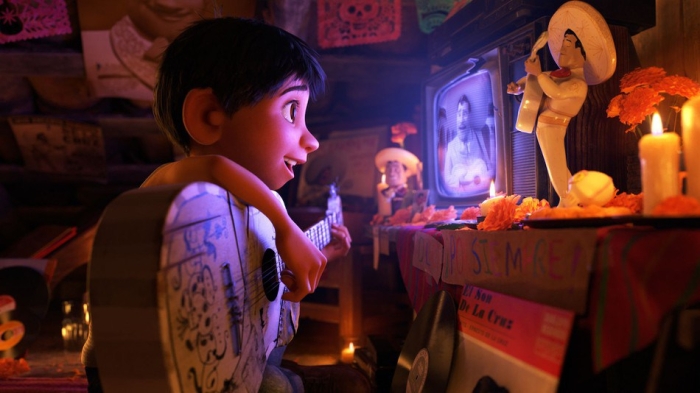
Pixar is still the premier animation studio, but they have faltered this decade by placing a greater emphasis on sequels and contrived formulas for prolific output. For every Inside Out it feels like we are given two unnecessary Cars sequels. They are at their best when they let the quality storytelling drive everything else, which is exactly the case with Coco. While this effort may not be their best to date, it is certainly one of their most balanced.
The premium placed on aesthetics places it up near the top with Ratatouille and WALL-E in that regard. The tear jerking climax puts it in the same conversation as strongest emotional connection along with the opening love scene from Up, the incinerator scene from Toy Story 3, and the cathartic culmination of Inside Out. The aspiring guitar player story and incorporation of great original songs makes it one of their most memorable in regards to musicality. Finally, the messages of mortality, valuing family, pursuing dreams, and celebration of Mexican culture feels like it’s one of their most necessary and timely stories in the context of our current political climate.
7. THE KILLING OF A SACRED DEER
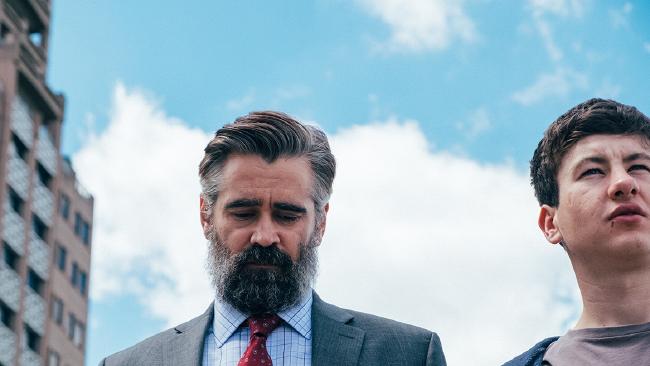
This satirical and tragic fable is extremely relevant and scathing in a year in which Hollywood has been harrowed by the surfacing of buried transgressions, and further, in an age where we as a society evade responsibility and guilt at all costs. Greek director Yorgos Lanthimos (The Lobster) has an uncanny ability for exposing human insanity and takes aim at justice through his omniscient surrogate Martin, one of the most sinister and riveting movie antagonists of recent memory.
The story is clearly inspired by the Greek myth Iphigenia in Aulis, but could also be viewed as an absurdist retelling of God’s testing of Abraham with Isaac. Lanthimos once again incorporates his trademark dialogue (flat, affected, overly expository, humorous), but here he seems to also be channeling his adoration for Stanley Kubrick: horror elements, extensive use of classical music, long tracking shots, one point perspective, deeply unsettling imagery, and studying of the dark depths of human nature. The psychosexual underpinnings call Eyes Wide Shut to mind, while the careful attention to detail and chaos evokes feelings of watching The Shining. Only time will tell if it achieves similar cult status.
6. THE DISASTER ARTIST
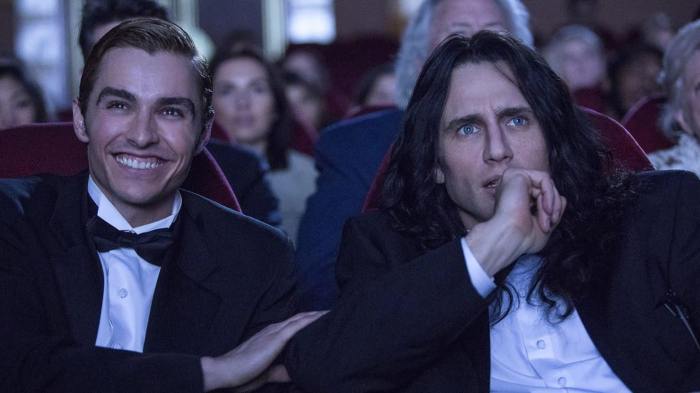
Taking on the “worst movie ever” as source material was quite an ambitious risk for James Franco. He stayed in character the entire shoot, including while he directed, and opines it to be “the first time ever that a director was directing himself in a movie, playing a character that was a director directing himself in a movie.” His efforts here could be perceived as either gimmicky or brilliant. I personally think it’s the latter, and probably his best work to date, both as actor and director.
I found myself surprised by the crowd’s roars of laughter through the entire runtime of an opening night showing. It certainly is a hilarious movie, but it is equally as much a drama. The Disaster Artist is about dreaming, creating, and failing. It’s about the unlikely connectivity of outsiders and a lesson in true friendship. It’s a story of overcoming rejection by learning to accept yourself. Enjoy it anyway you please, but pay close attention to the nuances and you may notice a subtle vein of profound sadness flowing throughout.
5. MOTHER!
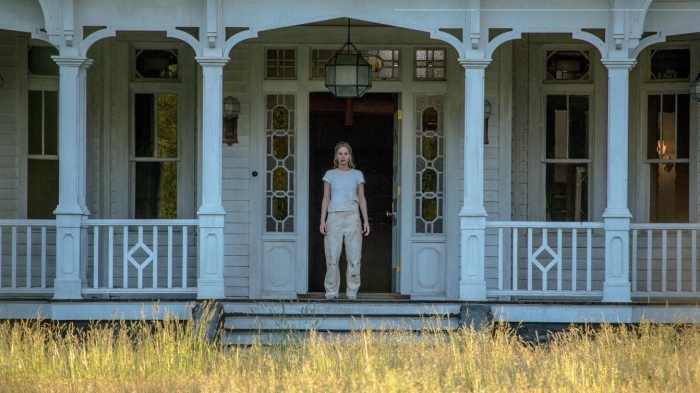
Intrusive, heinous, extreme, sacrilegious, hopeless, brutal, unapologetic, and absolutely fascinating. What more do you want from a horror movie? The “F” grade on CinemaScore suggests maybe audiences were expecting something else, maybe more jump scares and traditional storytelling. The “horror” here stems more from claustrophobia, stress, disturbing imagery, and fever dream progression. It’s a home invasion plot, but the absurd elements and allegory foils any attempt at face literal interpretation. Buyer beware.
It heavily borrows from the biblical narrative with creation, fall, flood, logos, eucharist, church, and apocalypse, but perhaps just as much a framework than strictly just message or meaning. It seems also to do with the creative process, frustration of writers block, the relationship of art and artist, distraction of fame, destruction of our planet, and the suppression and exploitation of women. Jennifer Lawrence’s character could easily be a stand-in for The Giving Tree, but she could also quite possibly be meta-portraying herself by the climactic finish. The movie is a beautiful and disastrous telling of the world’s history from a feminist, environmentalist, and gnostic perspective. It’s an urgent plea in urgent times.
4. THE MEYEROWITZ STORIES

Noah Baumbach is the master of exploring family dysfunction. In this latest work he examines the plights of the Meyerowitz family, a dysfunctional group of people who live in the shadow of their dysfunctional patriarch. Art is their religion and it dictates their pressures, passions, and self-worth. This movie feels like a realist version of The Royal Tenenbaums, and it should be an easy sell for any fan of Wes Anderson movies.
Baumbach’s carefully crafted script is able to look at heavy and relatable relationship dynamics with an unwavering air of comedy, sincerity, and optimism. The original songs, Randy Newman score, creative structure, humorous editing, and rhythmic dialogue creates an exciting pace throughout. Baumbach harnesses some career best performances (or pretty damn close) in the year’s best cast (Ben Stiller, Adam Sandler, Elizabeth Marvel, Dustin Hoffman, and Grace Van Patten).
3. PHANTOM THREAD
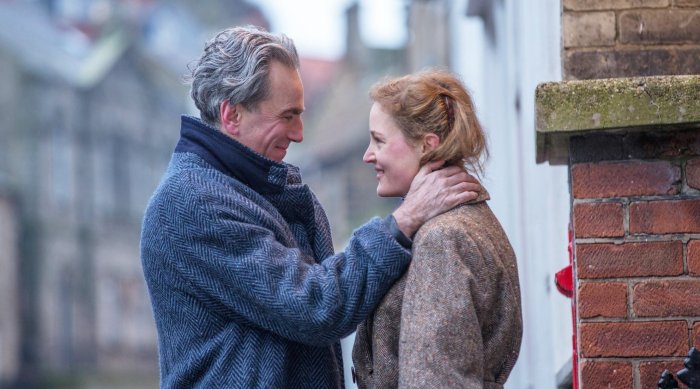
Daniel Day-Lewis recently said, “there is nothing more beautiful in all the arts than something that appears simple.” When you have the greatest living filmmaker and greatest living actor working together, still at the top of their crafts, the product can certainly almost appear simple. Day-Lewis, who may be appearing for the final time on-screen, shows a more nuanced side to his acting abilities (especially compared to a boisterous role like Abraham Lincoln) but is still as strong as ever. Newcomer Vicky Krieps, who holds her own opposite the best ever, is an instant star and one of the year’s breakout talents.
The movie is a love story with a dark twist. The best reference point that comes to mind is Gone Girl – not in plot, but in escalating power plays and destructive behavior despite mutual dependence. Like mother!, it shows the dangers of obsessive artistry and toxic masculinity, but never damns anyone. Phantom Thread bluntly shows the egotistical side to human nature and the paradox that is coexistence, yet it never fully succumbs to cynicism. It embraces it’s sentimentaility and captures the feeling of truly needing the love of another. Radiohead’s Jonny Greenwood sets the tone throughout with his perfect score, and “House of Woodcock” especially entices you to fall in love too.
2. LADY BIRD
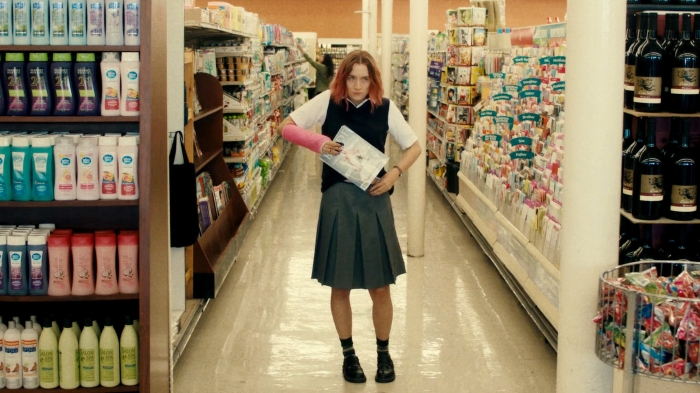
Greta Gerwig’s profound understanding of human subtleties and relationships results in a masterfully crafted script filled with people and experiences that we feel we know intimately, but none of which that feel cliché. Her direction with tone and pacing creates a unique constant teetering between snarky and sincere, laughs and tears, which amounts to a truly satisfying cinematic experience that hits all the right notes.
Lady Bird is about a girl growing up, but it is just as much about a mom letting go, and that dual perspective tug-of-war tension is what hoists it above traditional coming-of-age genre stories. It takes place in a specific time, but there is a timeless quality to the dialogue that relies on situational and observational humor above cheap pop culture references or one-liners that you definitely see in other millennial comedies. All signs point to this movie aging as well as any from 2017, and very well could be remembered as one of this generation’s defining classics in 50+ years.
1. GOOD TIME
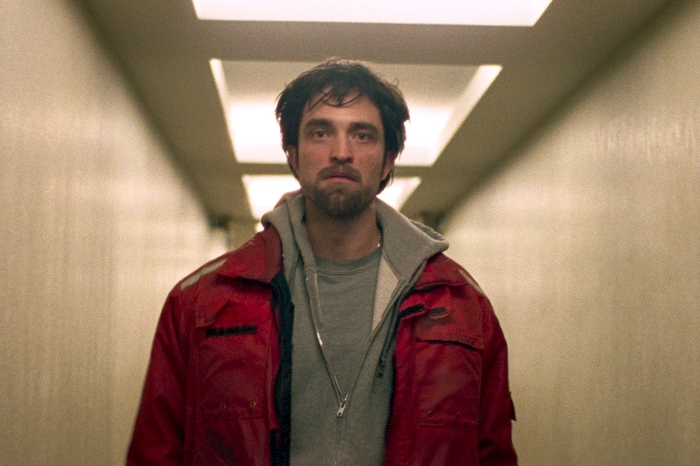
The emphatic entrance of Robert Pattinson’s character minutes into the movie signaled two things:
- The former Twilight actor is not messing around in an attempt to reinvent himself from the pretty boy typecast. Pattinson delivers the best performance of 2017 as the gritty anti-hero Connie, and you get the feeling this entrance will one day be remembered as the pivotal moment of his career.
- The title of this heist thriller is no misnomer. From this moment on, we are flung into an unrelenting adrenaline ride that hasn’t felt so exhilarating since 2015’s Fury Road.
It’s hard not to recall the late film critic Manny Farber’s coined term “Termite Art“ when describing the dramatic depth here. Farber argued that true glory of American cinema is not found in high-minded message pictures like To Kill a Mockingbird or Schindler’s List, but rather in B-movies and genre pictures where the artistry is hidden within the entertainment. Good Time provides thorough entertainment throughout, but it also stays in your mind long past viewing, with little termites eating at you with questions regarding the American handling of penal system, poverty, privilege, and mental health. The overarching theme of the movie is destructive love, and above all begs the question, can you truly love someone despite not having the right kind of love to give them?
One thought on “FAVORITE MOVIES OF 2017”